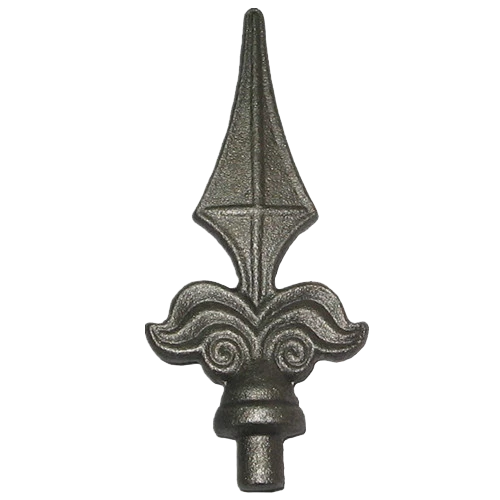Mobile:+86-311-808-126-83
Email:info@ydcastings.com
impeller investment casting
The Art and Science of Impeller Investment Casting
Investment casting, often referred to as lost-wax casting, is a precise and versatile manufacturing process widely utilized in industries that require intricate components, such as aerospace, automotive, and marine sectors. Among the components that can be manufactured using this technique, impellers stand out for their critical roles in various applications, from turbines and pumps to compressors. Understanding the nuances of impeller investment casting is essential for manufacturers looking to enhance performance and streamline production processes.
The Importance of Impellers
Impellers are rotating components that transfer energy from a motor to a fluid by increasing the fluid's pressure and flow. They are pivotal in applications such as centrifugal pumps, gas turbines, and HVAC systems. The efficiency and effectiveness of these machines often hinge on the design and material properties of the impeller.
Investment casting allows for the production of complex geometries with intricate designs that are often impossible to achieve using traditional casting methods. These complex shapes can include features like varying blade angles, cooling passages, and sizing variants that optimize fluid dynamics and operational efficiency.
The Investment Casting Process
The process of investment casting involves several critical steps. It begins with creating a wax pattern of the impeller. The wax is typically poured into a mold and allowed to harden, forming a detailed replica of the final product. After the wax pattern is made, it is coated with a ceramic shell using a series of dipping and sand applications. Once the shell has cured, it is heated, which causes the wax to melt and drain away, leaving behind a hollow ceramic mold.
Next, molten metal is poured into the mold to create the impeller. This step is crucial, as maintaining the right temperature and pour speed determines the final product's integrity. After the metal cools and solidifies, the ceramic shell is broken away, revealing the cast impeller. Finally, finishing processes like grinding, polishing, and machining are employed to meet specific design tolerances and surface finish requirements.
impeller investment casting

Advantages of Investment Casting for Impellers
One of the most significant advantages of investment casting in producing impellers is the ability to achieve high dimensional accuracy. Traditional casting methods often require extensive machining after casting to meet engineering specifications, which can increase production time and costs. Investment casting minimizes these secondary operations, enabling manufacturers to produce complex parts with tight tolerances directly from the mold.
Moreover, investment casting allows for the use of a wide range of materials. Common alloys used include stainless steel, bronze, and various superalloys, each selected for its unique properties that suit specific applications. For instance, superalloys may provide exceptional heat and corrosion resistance, crucial for impellers in high-temperature or corrosive environments.
Cost Efficiency and Sustainability
While investment casting may have higher upfront costs compared to conventional casting methods, the long-term benefits can outweigh these initial expenses. Reduced waste materials and the ability to produce higher-quality parts can lead to lower overall production costs. Additionally, the process is relatively environmentally friendly compared to other manufacturing methods, as it generates less waste and is more efficient in raw material utilization.
Conclusion
In conclusion, impeller investment casting represents a marriage of art and science, where precision engineering meets advanced manufacturing techniques. For industries reliant on high-performance fluid machinery, investment casting offers an effective solution for producing complex impeller designs with enhanced efficiency and material properties. As technology continues to evolve, the investment casting process will likely become even more refined, paving the way for innovative designs and applications in the future. For manufacturers looking to optimize their processes and products, understanding and embracing this casting method could provide a significant competitive edge.
-
Why Should You Invest in Superior Pump Castings for Your Equipment?NewsJun.09,2025
-
Unlock Performance Potential with Stainless Impellers and Aluminum End CapsNewsJun.09,2025
-
Revolutionize Your Machinery with Superior Cast Iron and Aluminum ComponentsNewsJun.09,2025
-
Revolutionize Fluid Dynamics with Premium Pump ComponentsNewsJun.09,2025
-
Optimizing Industrial Systems with Essential Valve ComponentsNewsJun.09,2025
-
Elevate Grid Efficiency with High-Precision Power CastingsNewsJun.09,2025











